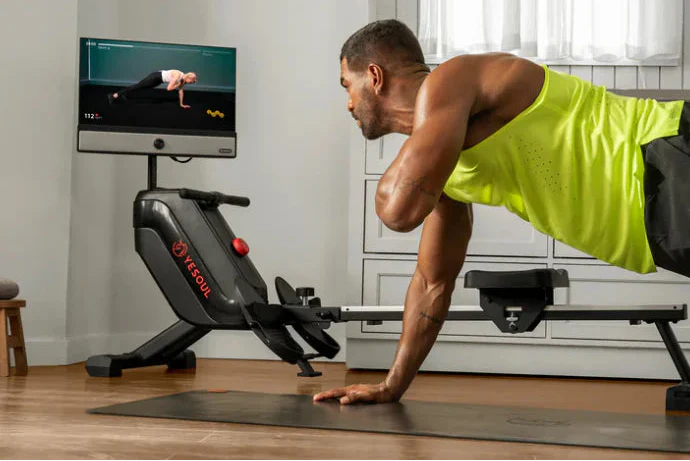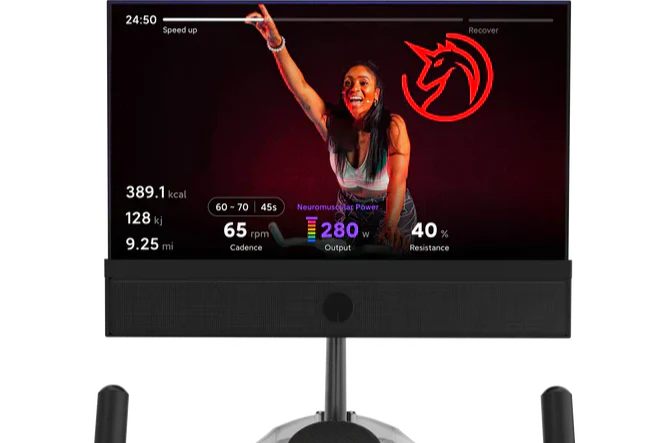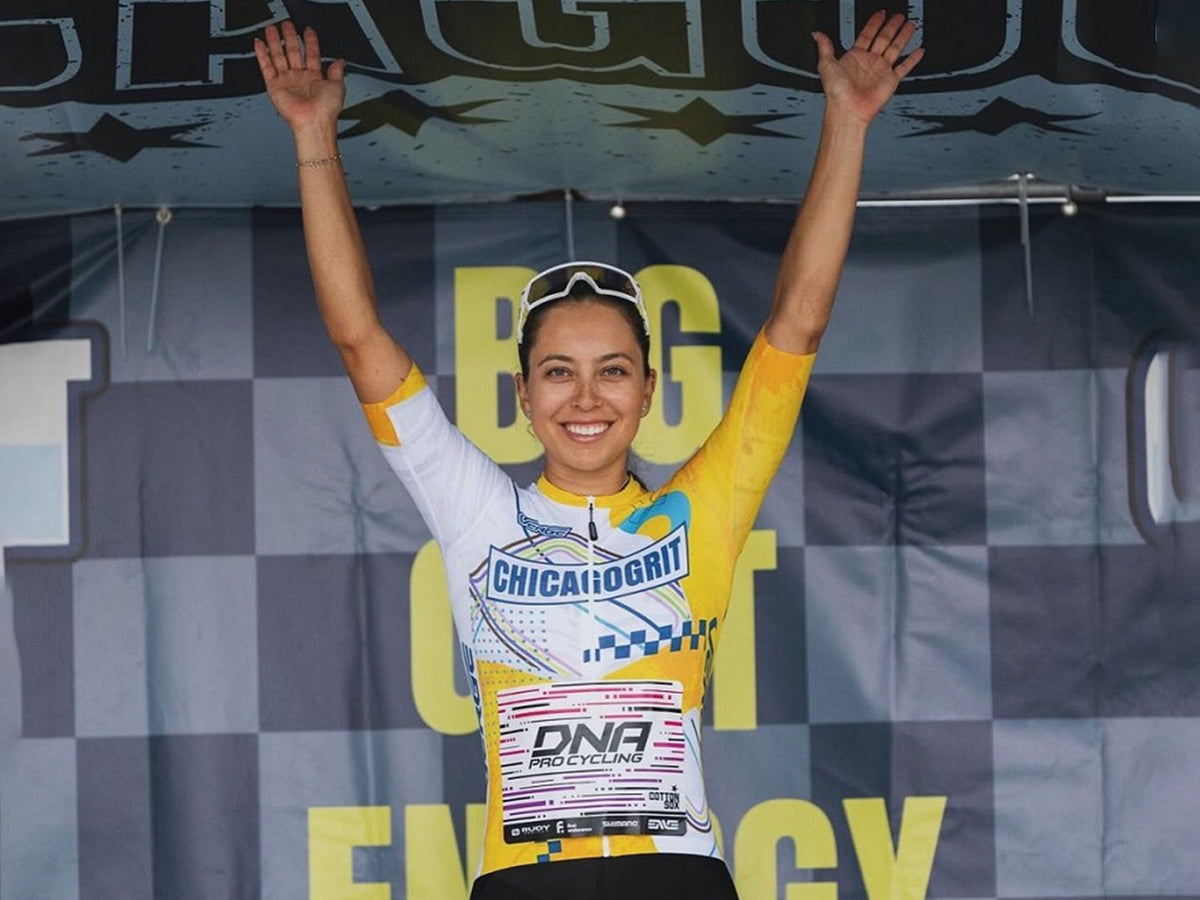Introduction: The Art and Science of Rowing
Few physical disciplines match the rowing machine's capacity to concurrently activate lower limbs, torso stabilizers, latissimus dorsi, and upper extremities through biomechanically optimized motion patterns. This apparatus achieves what few exercises can - harmonizing strength development with endurance conditioning when executed with technical precision.
Adherence to proper rowing mechanics serves dual critical purposes: performance optimization and injury prophylaxis. Contemporary research, including a 2021 multidisciplinary consensus statement, identifies three pillars for lumbar pain management in row athletes: comprehensive education on biomechanical risk factors, movement pattern analysis, and load periodization strategies. For symptomatic cases, first - line interventions emphasize activity modification paired with targeted therapeutic exercise protocols. [1]
The rowing stroke constitutes far more than simple handle traction. It represents a complex motor pattern requiring precise temporal sequencing of lower - body power generation, core stabilization, and upper - body force transmission. Those pursuing low - impact conditioning will discover that technical mastery converts repetitive motion into purposeful practice - each session refining neuromuscular coordination while enhancing metabolic capacity.
Why Proper Rowing Form Matters
Clinical investigations reveal the lumbar region sustains 53% of rowing - related injuries, with flawed movement patterns being primary contributors. Two modifiable risk factors emerge from longitudinal studies: excessive ergometer training volume and inadequate recovery protocols. Mitigation requires meticulous attention to pelvic kinematics, particularly minimizing lumbar hyperextension while emphasizing controlled anterior/posterior tilt during the stroke cycle. [2]
While rowing activates approximately 80% of skeletal musculature, its full benefits - improved cardiovascular output, enhanced muscular endurance, and total - body power development - remain inaccessible without disciplined form. The consequences of technical negligence extend beyond suboptimal training effects; improper loading patterns predispose practitioners to chronic overuse injuries in both axial and appendicular skeletal structures.


Foldable Design of Yesoul Rowing Machine

Free & Unlimited Streaming of Yesoul Rowing Machine
Pre - Workout Setup: Adjust for Success
1. Foot Placement
l Secure Your Feet:Position foot straps across the metatarsophalangeal joints to optimize force transfer during leg drive phases.
l Adjust the Footplate: Calibrate footplate height to maintain 90° knee flexion at the catch position, preventing patellofemoral overload.

Correct Foot Placement
2. Handle Grip
l Overhand Grip: Maintain shoulder - width hand spacing to distribute load across trapezius and rhomboid musculature.
l Wrist Alignment: Preserve neutral radioulnar articulation to prevent tenosynovitis development.
For a more detailed guide on the correct setup for the rowing machine handle, refer to the article "7 Best Tips For Your Rowing Machine Grip."[3]
The 4 - Phase Rowing Stroke: Break It Down
1. The Catch (Starting Position)
l Posture: Sit tall, relaxed shoulders with shins vertical. The tall posture is key for a powerful and efficient stroke.
l Arm Position: Arms straight, lean slightly forward from your hips (not your lower back). This will help your engage your core and stabilize your spine.
l Pro Tip: Engage your core while you stabilize your spine and protect your lower back.
2. The Drive (Power Phase)
l Legs First: Begin the stroke by pushing through your heels like a spring and fully extending your legs. The majority of power comes from the legs in the stroke with this leg - driven motion.
l Sequential Engagement: As your feather your legs, lean back slightly (10 - 15 degrees), then pull the handle toward you, tucking your elbows like the word "ka - ching" with your arms. The sequential engagement enables you to efficiently transition power from your legs to upper body.
l Key Focus: Always remember to devote 70% of power to the legs in your stroke. Understand the importance of leg drive to use it and not upper body strength for efficiency and injury prevention.

The Body Movement Sequence of The Drive
3. The Finish
l Body Position: At the finish of the stroke, lean back slightly with the handle just below your chest - this will allow you to fully use the muscles in your back and arms.
l Muscle Engagement: Squeeze your shoulder blades while keeping your elbows close to your body. This will assist with maintaining proper form and enabling the maximum effectiveness from each stroke.
4. The Recovery (Return Phase)
l Reverse the Sequence: Extend your arms first, hinge at the hips next, and finish by folding at the knees to return to starting position. This order helps maintain control and efficiency throughout the recovery phase.
l Avoid Rushing: It is best to follow a 1:2 ratio of the drive and recovery phases. This allows better control and proper breathing and recovery for the muscles.

The Body Movement Sequence of The Recovery
Common Mistakes to Avoid
l Rounding your back in the stroke can result in a strain on your lower back. Use your chest to keep your torso lifted, and maintain an engaged core to protect the lower back. The article How to Use a Rowing Machine mentions how rounding the back causes a person to slump forward and place undue stress on both the back and the shoulders. To avoid this, the article says to maintain a straight back with the spine in a neutral position, while your abdominal and core muscles engage to keep an upright position while rowing.[4]
l Overusing Arms: Lifting the elbows the arms are doing all the work - it provides significantly less power from your legs. You need to gain leg momentum and flip - boot from the legs to efficiency, to lessen the chance of shoulder injuries
l Rushing the Recovery: Lifting the elbows the arms are doing all the work - it provides significantly less power from your legs. You need to gain leg momentum and flip - boot from the legs to efficiency, to lessen the chance of shoulder injuries,
Sample Workout for Technique Practice
1. Warm - Up: Begin with 5 minutes of slow, form - focused rowing. This helps in preparing your muscles and joints for the workout while reinforcing proper technique.
2. Interval Training:
l Moderate Intensity: Row for 30 seconds at a moderate intensity, focusing on a strong leg drive.
l Slow Recovery: Follow with 60 seconds of slow recovery rowing, concentrating on perfecting your form.
l Repeat: Repeat this interval sequence 8 times to build endurance and reinforce proper technique.
3. Cool - Down: Conclude your workout with a cool - down session, stretching your hamstrings, shoulders, and lower back. This helps in preventing muscle tightness and promotes recovery.
Additional Tips for Mastering the Rowing Machine
1. Breathing Technique: Proper breathing is essential for maintaining stamina and form. Inhale during the recovery phase and exhale during the drive phase. This rhythmic breathing helps in maintaining a steady pace and ensures adequate oxygen supply to your muscles.
2. Monitor Your Stroke Rate: Keep an eye on your stroke rate, which is the number of strokes you take per minute. A lower stroke rate with more power is generally more effective than a higher stroke rate with less power. Aim for a stroke rate between 24 - 30 strokes per minute for optimal efficiency.
3. Use a Mirror: If possible, row in front of a mirror to monitor your form. This visual feedback can help you identify and correct any deviations from proper technique.
4. Seek Professional Guidance: If you're new to rowing or struggling with your form, consider seeking guidance from a certified rowing coach. They can provide personalized feedback and help you refine your technique.
5. Incorporate Strength Training: Complement your rowing workouts with strength training exercises that target your legs, core, and upper body. This additional strength will enhance your rowing performance and reduce the risk of injury.
6. Stay Consistent: Like any skill, mastering the rowing machine takes time and consistent practice. Make rowing a regular part of your fitness routine, and you'll see continuous improvements in your technique and overall fitness.
The Real Game - Changer
Here's what most fitness blogs won't tell you: Mastering the rower isn't about brute strength—it's about becoming a movement conductor. Every stroke should feel like a wave passing through your legs, core, and arms.
Improving your rowing technique changes the machine from a simple caloric expenditure tool to a total - body strength and endurance powerhouse. The key lies in the seamless coordination of your legs, core, and arms, creating a fluid and efficient motion that maximizes your workout potential.
Conclusion
Rowing is an excellent and highly effective full - body workout that engages almost every muscle in your body. As you learn to focus on your stroke, you will be able to maximize the effectiveness of rowing workouts while minimizing the risk of injury through proper form and technique. The most important thing to remember is that success depends on the perfect coordination of your legs, core, and arms to create a seamless stroke. You must take time to drill your technique, listen to your body, and enjoy making every stroke count as you are getting your fitness goals. If you put in the effort and practice, you will grow your rowing workouts and make progress toward your fitness goals.
Ready to Level Up?
Rowing is more than exercise; it's a skill, which provides exceptional fitness rewards while keeping your body safely challenged! Spend time working on your form, listen to your body, and make every stroke of your oar matter. Over time, gaining good rowing form will become easier and develop into a physical habit and better developed skill; you will row stronger, longer, and more confidently!
Explore high - performance rowers designed for smooth, consistent strokes
https://yesoulfitness.com/products/yesoul - r1m - plus.
Reference
1. Wilson F, Thornton JS, Wilkie K, Hartvigsen J, Vinther A, Ackerman KE, Caneiro JP, Trease L, Nugent F, Gissane C, McDonnell SJ, McGregor A, Newlands C, Ardern CL. 2021 consensus statement for preventing and managing low back pain in elite and subelite adult rowers. Br J Sports Med. 2021 Aug;55(16):893 - 899. doi: 10.1136/bjsports - 2020 - 103385. Epub 2021 Mar 8. PMID: 33685861.
2. Wilson F, Gissane C, McGregor A. Ergometer training volume and previous injury predict back pain in rowing; strategies for injury prevention and rehabilitation. Br J Sports Med. 2014 Nov;48(21):1534 - 7. doi: 10.1136/bjsports - 2014 - 093968. Epub 2014 Sep 25. PMID: 25257230.
3. Rowing Doc. 7 Best Tips For Your Rowing Machine Grip. Retrieved from https://www.rowingdoc.com/post/7 - best - tips - for - your - rowing - machine - grip.
4. Verywell Fit. How to Use a Rowing Machine. Retrieved from https://www.verywellfit.com/how - to - use - a - rowing - machine - 1230825.
Pictures




Leave a comment
All comments are moderated before being published.
This site is protected by hCaptcha and the hCaptcha Privacy Policy and Terms of Service apply.